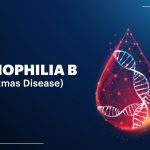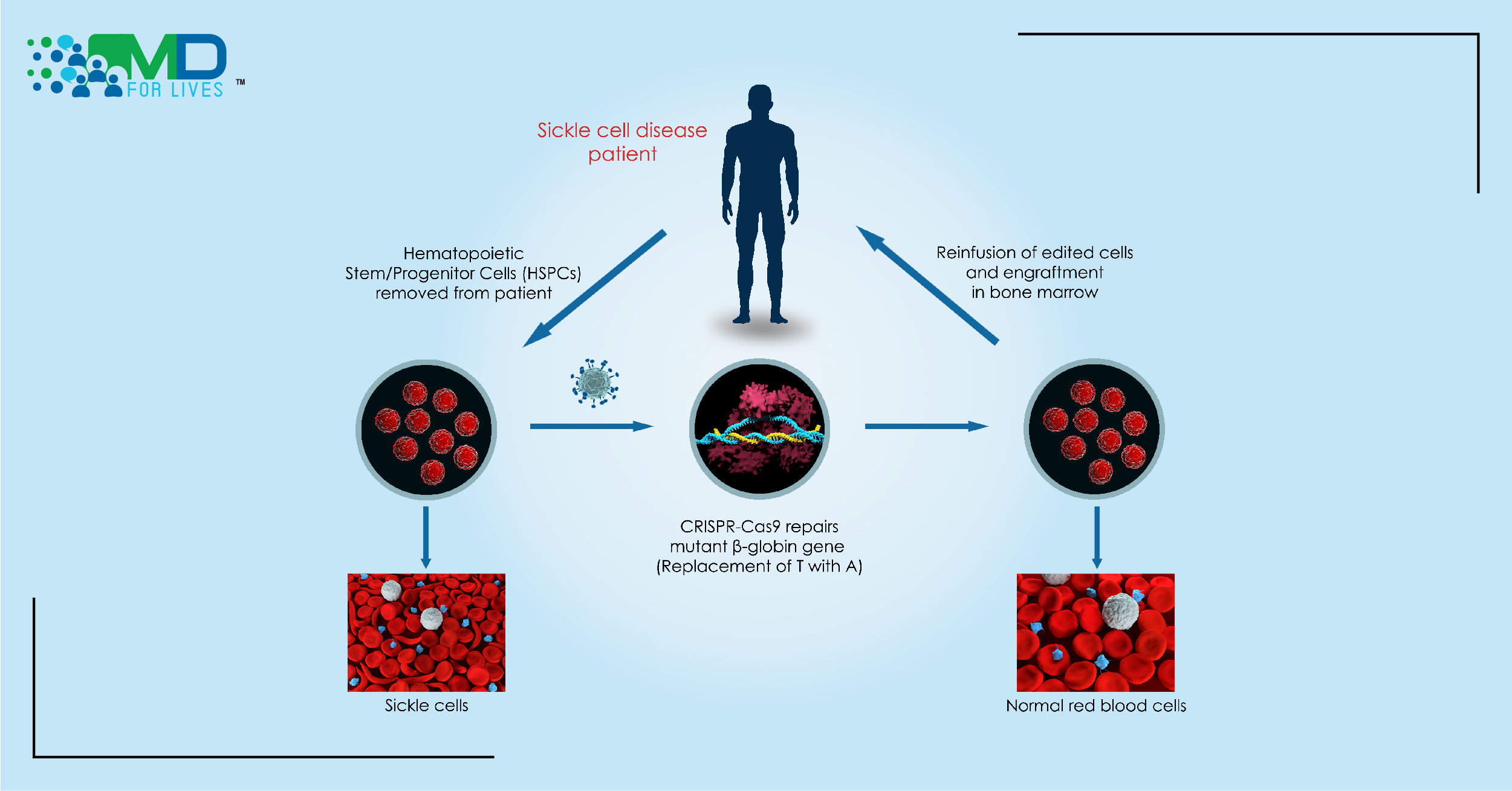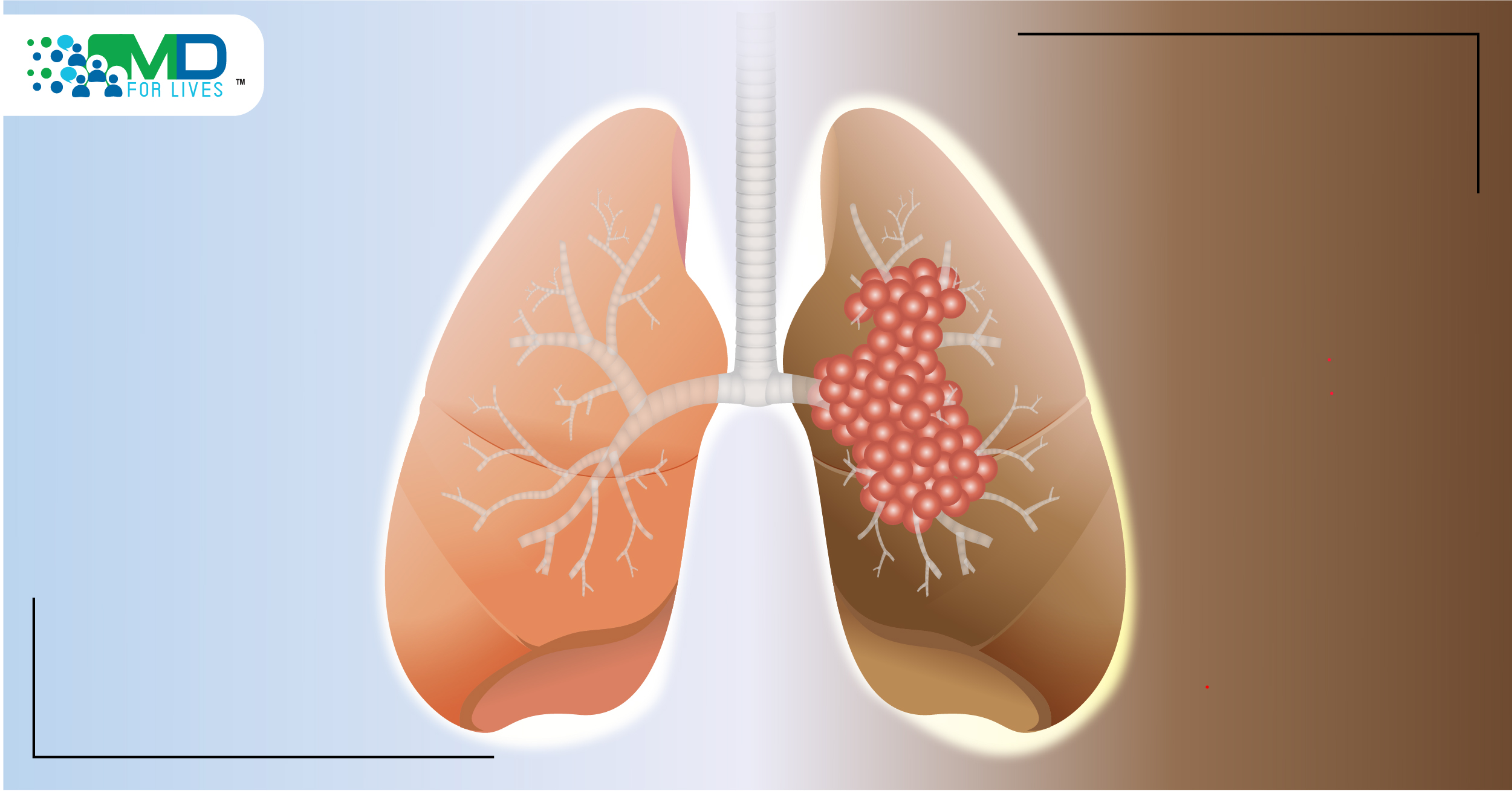Amidst the festive melodies and the aroma of Christmas delights, an intriguing connection quietly resides – Hemophilia B, also known as the ‘Christmas disease.’ This intriguing association between the holiday season and a rare bleeding disorder sparks curiosity. As we revel in the joyous festivities, it’s fascinating to ponder how individuals with Haemophilia B navigate through challenges, their lives woven into the fabric of a season symbolizing warmth and togetherness. Yet, within this juxtaposition lies a story of perseverance and scientific breakthroughs. Decades of relentless research and technological advancements have gradually unveiled the intricacies of this condition. In the glow of holiday cheer, let’s explore the captivating tale where the spirit of Christmas and the complexities of Haemophilia B Christmas Disease intersect, offering glimpses of hope and progress in bleeding disorders. Let’s embark on this unique journey together through this blog!
Christmas Disease (Hemophilia B) – Unravelling the Intricacies
You must be thinking, “Why is Hemophilia B called Christmas disease?” The moniker ‘Christmas disease’ originated from Stephen Christmas, a patient who played an unexpected role in identifying the condition during the 1950s. His case presented a perplexing anomaly in clotting factor levels, confounding researchers at the time. This case ultimately differentiated Haemophilia B from Haemophilia A, a related but distinct disorder.
The association with Christmas, however, didn’t merely stem from the patient’s surname. The pivotal moment in recognizing this variant of Hemophilia coincided with the holiday season, marking a lucky twist in medical history. This convergence between an unexpected medical revelation and the festive time of year resulted in the nickname ‘Christmas disease,’ solidifying a unique bond between the disorder and the holiday spirit.
Beyond its name’s anecdotal origin, Hemophilia B remains an intricate condition characterized by a deficiency in clotting factor IX, impacting the lives of individuals affected by prolonged bleeding tendencies. As we delve deeper into the complexities of this disorder, it’s intriguing to witness how an incidental association with the holiday season continues to be interwoven into its historical narrative, adding a touch of intrigue and curiosity to its legacy.
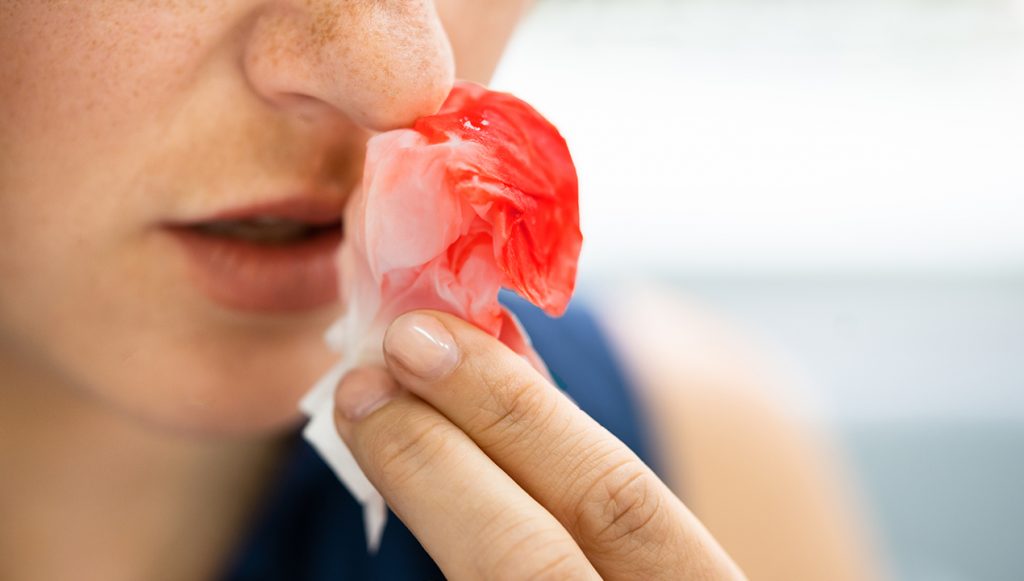
Please note: As per the U.S. Centers for Disease Control and Prevention, Hemophilia strikes around 1 in every 5,000 live births. In the United States, the population of individuals with Haemophilia ranges between 30,000 and 33,000. This disorder affects people across diverse racial and ethnic backgrounds. Notably, Haemophilia B Christmas Disease is four times less prevalent than Haemophilia A.
What Causes Hemophilia B?
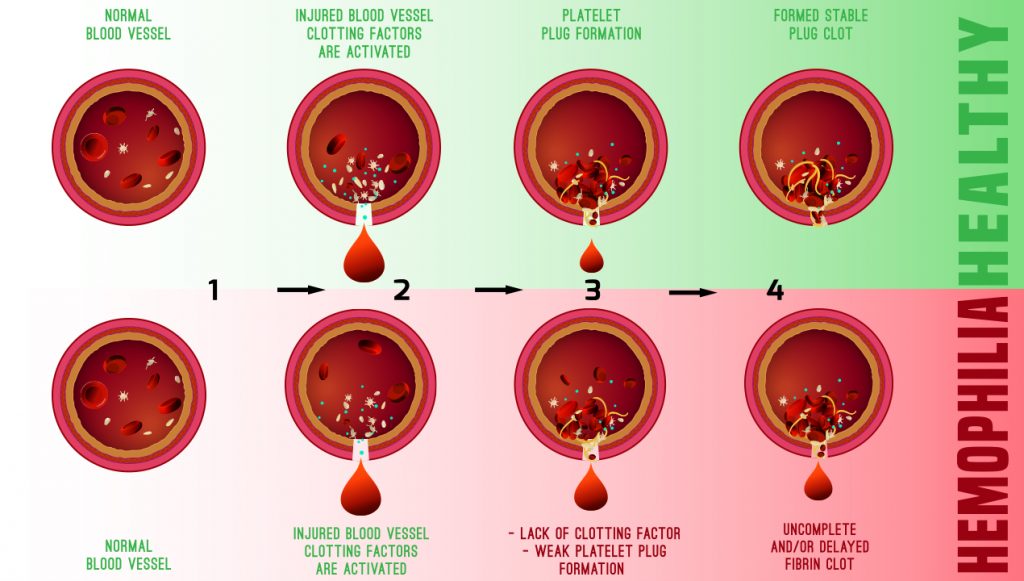
The cause of Hemophilia B traces back to a gene found on the X chromosome. When a male inherits a mutated gene on his X chromosome from his mother, he develops Hemophilia B. Females, inheriting two X chromosomes, become carriers if they possess one mutated gene, potentially passing it to their children. In rare instances, both parents carry the mutated gene, though this occurrence is uncommon. During pregnancy, female carriers have varied probabilities:
- 25% chance of having a son with Hemophilia B
- 25% chance of having a daughter who becomes a carrier
- 25% chance of having an unaffected son
- 25% chance of having an unaffected daughter
Symptoms of Hemophilia B

Christmas disease symptoms often appear early in life or might manifest later in milder cases. Signs that could suggest Hemophilia B include:
- Prolonged bleeding after procedures like circumcision, surgeries or vaccinations.
- Unexplained and excessive bruising, frequent nosebleeds or prolonged bleeding from minor cuts.
- Presence of blood in urine or feces due to internal bleeding.
- Painful, swollen joints caused by internal bleeding accumulation.
Please note: Sometimes, in severe cases, Christmas disease symptoms can also be like post-childbirth skull bleeding or spontaneous bleeding.
Past Breakthroughs in Christmas Disease: Laying the Foundation
In the mid-20th century, Christmas disease treatment relied on insufficient blood products, leading to high mortality in severe cases. The discovery of FVIII in plasma cryoprecipitate in 1964 improved severe bleeding control.
The 1970s saw a transformative shift with accessible plasma concentrates, enabling early bleeding control and reducing musculoskeletal damage. Prophylactic treatments pioneered in Sweden prevented most bleeding episodes, lessening joint damage.
Yet, optimism dimmed in the 1980s due to HIV and Hepatitis C infections from factor concentrates. Improvements in viral inactivation and recombinant factor production boosted safety. High-quality factor concentrates enabled prophylactic treatments, improving life expectancy and reducing morbidity. These advancements signify a “new golden era” in Haemophilia B Christmas Disease care!
Christmas Disease Treatment – Recent Advancements
Recent years have witnessed groundbreaking shifts in managing Haemophilia B Christmas Disease. Novel therapies like extended half-life factor IX concentrates and non-replacement approaches like gene therapy have revolutionized treatment paradigms.
Let’s take you through the most common and popular Christmas disease treatments that are currently being practiced and have helped heal/save several lives:
Extended Half-life Factor IX Concentrates
These advanced concentrates offer prolonged efficacy, reducing the frequency of infusions required for maintaining adequate clotting factor levels. This has significantly eased the treatment burden for patients, enhancing their adherence to therapy while minimizing bleeding episodes.
Some of the extended half-life factor IX products for the treatment and prevention of bleeding in patients with Haemophilia B Christmas disease include:
- Alprolix
- Idelvion
- Rebinyn
Gene Therapy: A Potential Game-changer

Initial trials have shown incredible potential, demonstrating sustained factor IX production and a remarkable decrease in bleeding episodes. While ongoing studies aim to optimize efficacy and safety, the prospect of a one-time, lifelong treatment for Haemophilia B Christmas disease is within reach.
Noteworthy Information: Pfizer Inc. (NYSE: PFE) announced that the U.S. FDA accepted its application for Fidanacogene Elaparvovec, a new gene therapy for adults with Haemophilia B. The European Medicines Agency (EMA) is also reviewing the European Marketing Authorization Application (MAA) for Fidanacogene Elaparvovec in tandem.
This therapy aims to empower those with Hemophilia B to generate their FIX, potentially replacing the need for routine FIX infusions.
Future Prospects & Challenges in Christmas Disease Treatment

In a little over two decades, significant advances in Christmas disease treatment have predominantly benefited Western countries in a little over two decades. The primary aim for the future is to expand treatment availability, especially in emerging nations like India and China, where haemophilia care remains inadequate. These nations, rapidly advancing in technology, might benefit more from fostering DNA technology for recombinant factors and gene transfer rather than plasma fractionation programs.
However, countries in South America and Eastern Europe, rapidly enhancing their healthcare programs for hemophilia, might rely on continued industrial production of plasma-derived factors due to cost limitations.
Expanding Christmas disease care to developing nations is an urgent priority, but high-income countries have their own goals. It’s vital to maintain top-notch treatment despite global economic challenges. Even though haemophilia care costs are minimal compared to healthcare budgets, ensuring cost-effectiveness is crucial. Additionally, aiding factor replacement therapy in low-income African nations remains a significant focus.
Conclusion – There’s Hope on the Horizon!

The world of Haemophilia B Christmas disease is changing fast, thanks to non-stop research and new ideas. What used to have limited options for treatment is now on the edge of something big. Imagine better treatments with factor concentrates that last longer or even gene therapy – it’s all happening. As we advance, teamwork among scientists, physicians, advocates, and the drug industry is the key to turning these discoveries into treatments that work for everyone. The fight against Christmas disease shows how strong we can be and how science can bring hope to those dealing with this rare bleeding disorder.
Medical professionals aiming to make a mark in healthcare can join our platform and participate in paid medical surveys. Your unique viewpoints have the potential to shape groundbreaking medical solutions, steering the course of healthcare advancement. Besides surveys, we encourage you to share your expertise in our discussion forums or webinars and contribute valuable insights via blogs and case studies. Your contributions can make a real difference in shaping the future of healthcare!

The creative force behind the keyboard, Pallabi crafts narratives of healthcare wonders and research marvels. As a seasoned professional blogger, she ventures to unearth the riches of medical innovation, weaving them into insightful stories that educate.



